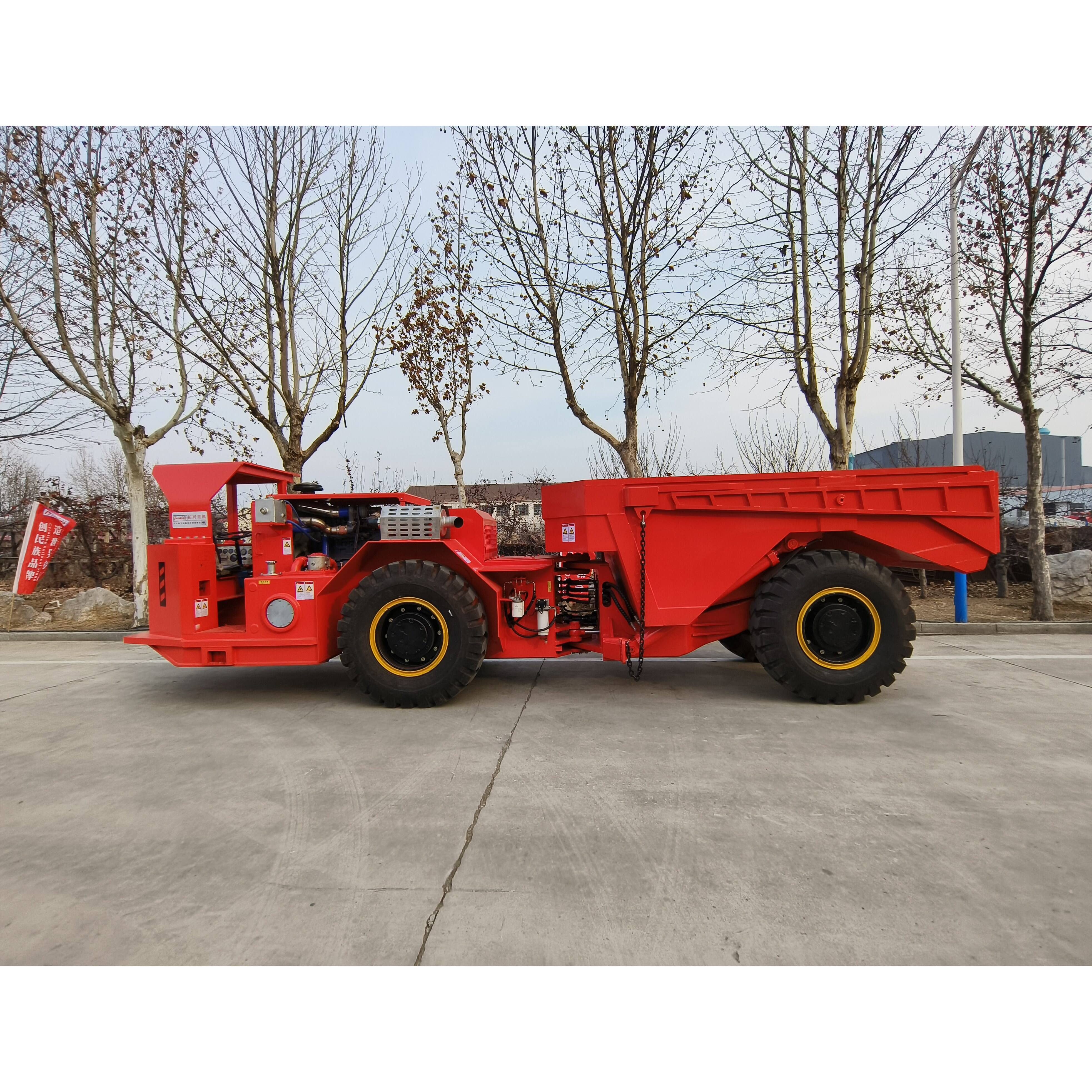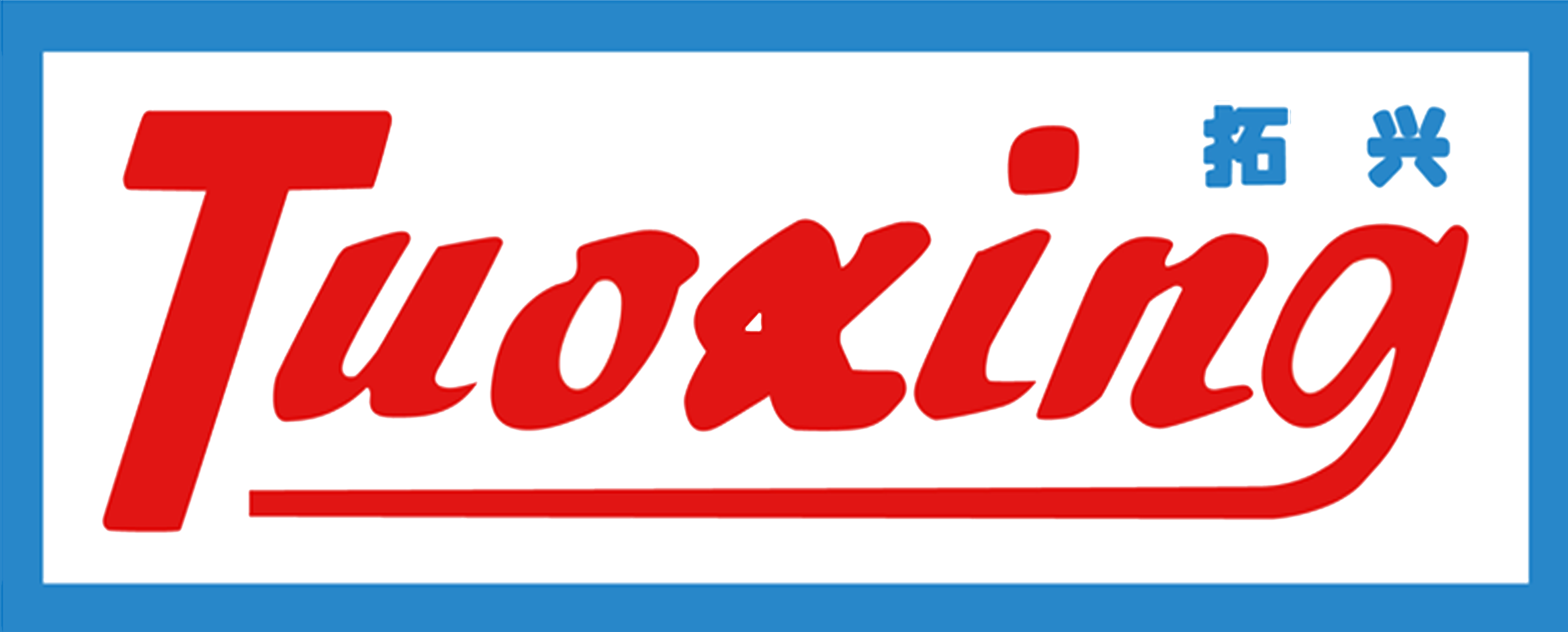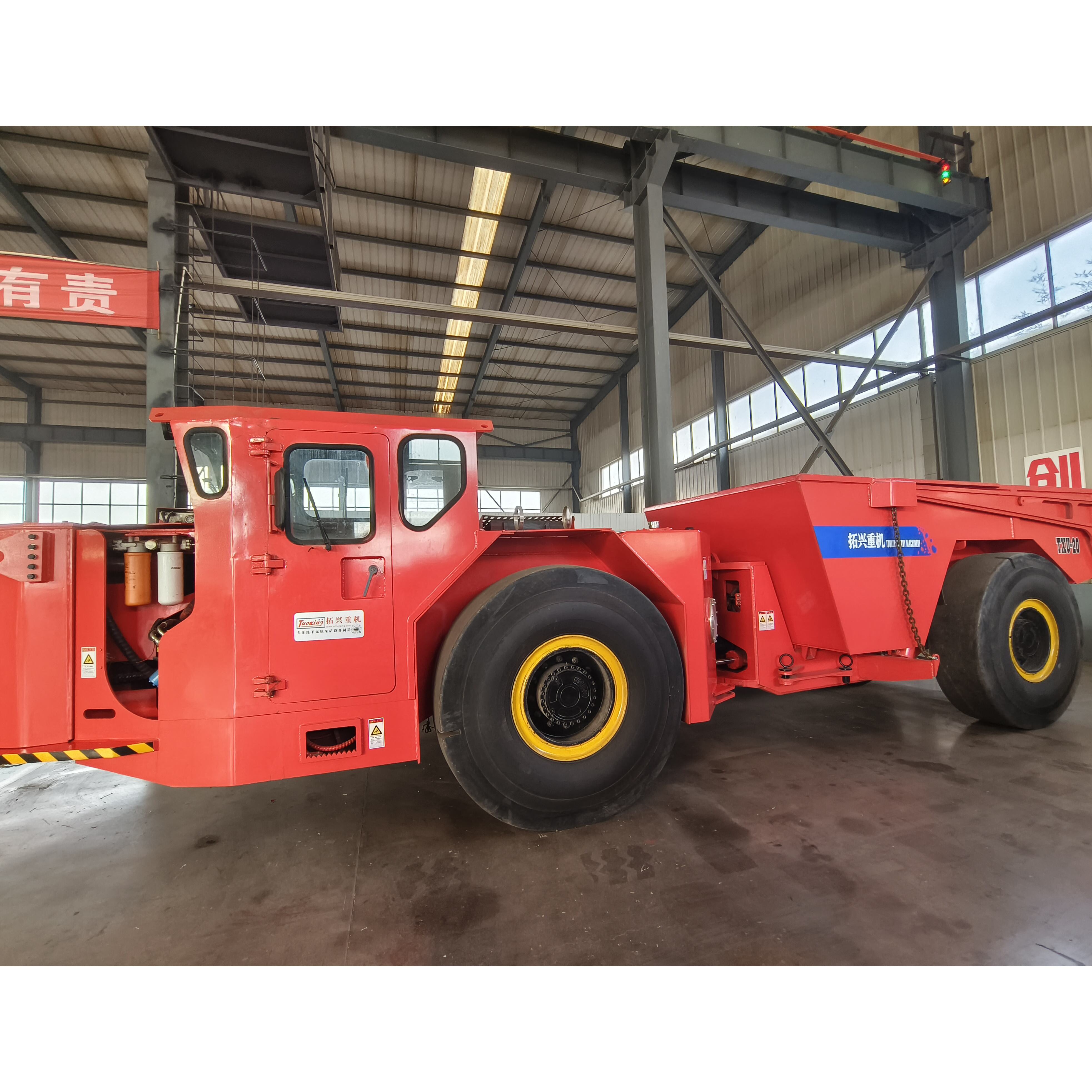Mining serves as a fundamental economic sector which removes natural resources for the construction sector and energy sector and manufacturing industries. The industry deals with serious operational challenges including risky site environments together with performance problems which lead to increased operational costs. Advanced mining technology introduces important equipment developments that create better operational processes thus guaranteeing employee safety.
Mining Tools That Save Time and Effort

Throughout the history mining operations never-endingly pursued improved tools as their central rule. Storage and efforts in mining have radically changed since humans started using picks and shovels during past decades. Industrial equipment now exists for maximizing time efficiency as well as minimizing physical effort which leads to major decreases in operational costs and enhancements in productivity.
The most substantial technological advancement happens through the creation of automated and semi-automated equipment. Equipment robots which programmers direct run nonstop while outperforming human working hours thus they shorten completion times for tasks. Three main machine functions include drilling and blasting together with ore extraction and material move capabilities. The devices feature superior sensors together with artificial intelligence systems that enable better efficiency in navigating tough changing operational spaces than personnel operators can manage.
Drilling technologies represent one of the recent innovations that increase operational efficiency. Using rotary blasthole drills engineers obtain faster penetration at lower energy costs. Drilling exactness produced through this technology helps decrease rock fragmentation during operations while minimizing production waste.
The use of energy-efficient engines creates significant impacts in mining practices. The implementation of new hybrid diesel-electric engine systems within haul trucks and loaders cuts down energy use and environmental emissions thus enabling better efficiency in mining operations.
Difficult Challenges Deep in the Mines

Advanced technologies have not made mining operations less dangerous since mining operations continue to be difficult and risky especially when working deep underground. The operation risks and difficulties increase proportionally to the depth of the mine.
Underground mines create among the most demanding conditions both for equipment and personnel operations. The major issues miners face stem from geotechnical situations that involve rockfalls and gas explosions as well as flooding events. Equipment operating in deep mining environments requires two features: high mechanical durability for resisting harsh pressure along with temperature requirements.
Ventilation is another critical issue. Effective mining ventilation systems serve two important objectives: they provide miners with clean air while they simultaneously dilute dangerous gases such as methane from the mine environment. Better ventilation models together with real-time controlled high-efficiency fan systems enable machines to automatically adjust ventilation systems based on changes inside the mine.
The safety of workers depends heavily on keeping communication lines between workers stable. Wireless communication devices connecting to integrated communication networks have established themselves as solutions which enable workers to send emergency reports while receiving instant alerts and instructions.
Complete After-Sales Service
The main advantage of current mining equipment stems from technological capacity and the support services suppliers deliver past purchase contracts. Equipment maintenance operation demands an extensive post-sales service arrangement to protect operational productivity alongside worker safety while on duty.
Modern manufacturing enterprises supply a full set of after-sales solutions including scheduled maintenance inspections and urgent repairs and spare part distribution services. Equipment performance becomes optimized through after-sales service packages and results in extended product lifetime because service packages are vital for equipment maintenance.
Remote monitoring technology together with diagnostic systems has cause a total transformation to after-sales service operations. Real-time tracking capabilities of polished telematics systems permit manufacturers to work with service providers for detecting equipment problems before they become serious issues. The proactive monitoring approach allows companies to monitor equipment ahead of time in order to maintain uninterrupted production processes.
Training acts as a significant element within the framework of after-sales service. Manufacturers organize education programs specifically designed for operators and maintenance workers to establish their proficiency with modern technologies and best industry standards. Advanced equipment becomes more effective and safer to operate through this service which also enables workforce empowerment by teaching employees advanced operating techniques.
The current developments in mining equipment technology present substantial benefits that affect the entire industry. The innovations bring multiple advantages through their ability to accelerate operations while addressing tough mine-depth challenges and providing full-scale post-purchase assistance therefore making mines operate more productively and safer for workers. The evolution of technology implies that mining will continue to develop positively toward further improvements in the future.

 EN
EN
 AR
AR
 CS
CS
 DA
DA
 NL
NL
 FI
FI
 FR
FR
 DE
DE
 EL
EL
 IT
IT
 JA
JA
 PL
PL
 PT
PT
 RU
RU
 ES
ES
 SV
SV
 TL
TL
 ID
ID
 LT
LT
 UK
UK
 TR
TR
 FA
FA
 AF
AF
 MS
MS
 GA
GA
 BE
BE
 HY
HY
 KA
KA
 EO
EO
 LA
LA
 SO
SO
 ZU
ZU
 KK
KK
 TG
TG
 UZ
UZ
 KY
KY
 XH
XH

